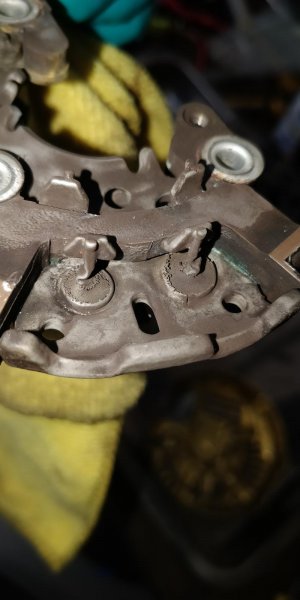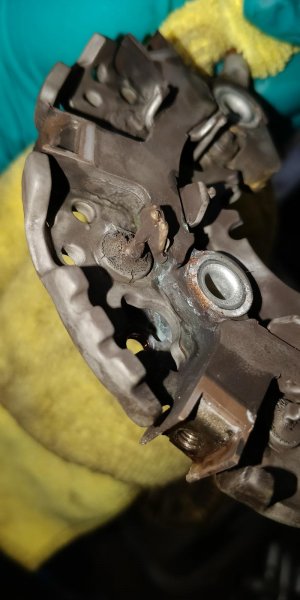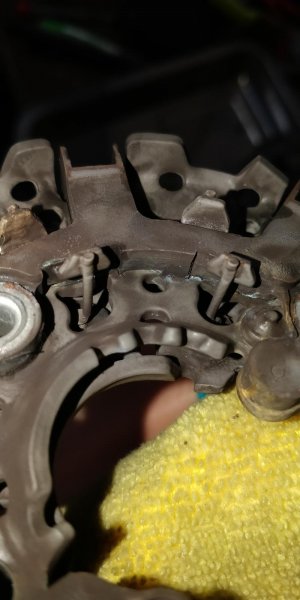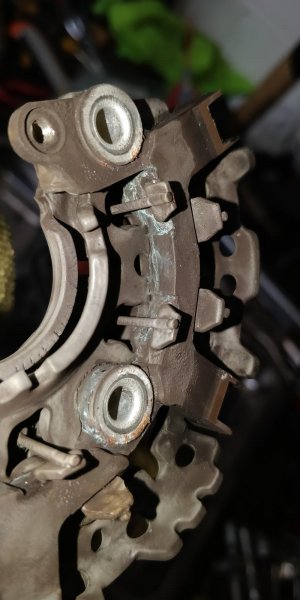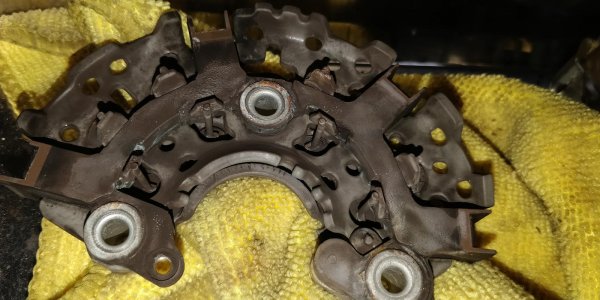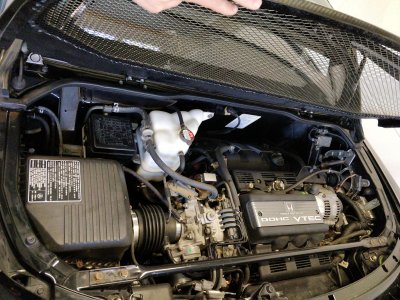Yes, definitely
Anyway, I'd love to discuss the reason WHY my alternator died at this exact moment, I'd be very glad to have your feedbacks :
The day before my alternator died, I found my battery full empty (totally my fault, I left the trunk open with the light on for a couple days)
So, I left the battery charging (without removing it from the car) all night long, and the day after it looked OK so I drove the car normally for 2 hours before the battery/charge light appear on the dashboard...
Can this only be a coincidence ??
FYI, the battery i'm using is a LifePO4 battery from Deidweight industries specifically designed for the nsx. But, it's stronger than an usual one, and since it was totally empty, maybe my charger (noco genius 5) sent too much power and burnt my rectifier ?
Can this even be possible ?
First off, it would be really difficult for the charger to damage the rectifiers because of how they are configured. The diodes are reverse biased when the alternator is not running which should block all current flow from the charger through the diodes. If the charger had a major internal failure and applied a very high charge voltage to the car's DC system it might be possible for the voltage to exceed the reverse breakdown voltage of the diodes. That is a very big might. If that occurred I expect that the diodes would show external signs of damage. More significantly a voltage high enough to cause reverse breakdown of the diodes would almost assuredly cook anything else in the car connected at the time (the clock and the keep alive memory circuits in the radio, ECU, EPS, ABS, TCS and SRS). I would also expect the charger to be turned into a smoldering lump. No smoldering lump for a charger and no other damage in the car suggests that the charger is not the problem.
All automotive alternators that I am familiar with are three phase alternating current generators (tiny versions of what power utilities use). They rectify three time phase displaced alternating voltages to DC using a bridge of 6 diodes like this (instead of a resistor for the load think of car battery).
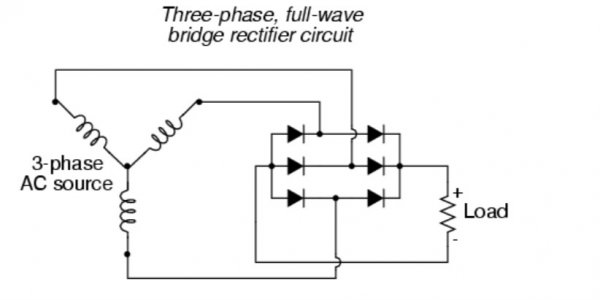
With this arrangement it is possible for one or more of the diodes to fail in an open circuit and the alternator continues to produce voltage. However, the output voltage is reduced. The voltage regulator can compensate for this to a certain extent by forcing more current into the field winding which jacks up the internal voltage of the alternator on the other windings. This is undesirable because the regulator operates with a higher current and will get hotter than normal and the higher current density on the field brushes will accelerate the wear of the brushes and the slip rings. Also, the remaining diodes will be operating at a higher current than normal. If you are driving around in the daytime with the air conditioning off it may be possible for the alternator to maintain a normal or close to normal output voltage with one diode or two diodes failed (depending on which diode is the second diode). Put a heavy load on the alternator (blower fan, condenser fans, radiator fans and headlights) and you will see the voltage drop; but, who drives around watching the dash voltmeter to see if it changes every time they switch something on or off.
For some reason, the Denso alternator has an extra pair of diodes that connect to the center connection (neutral point) of the generator's 3 windings. Why they added this extra pair of diodes is a bit of a mystery to me because unless one of the generator windings fails no current will ever flow through these diodes. I have a 1971 Volvo with a Bosch alternator set up just like in the above diagram and it has worked just fine for 50 years without that extra pair of diodes. Its unlikely that those two diodes would ever fail; but, if they ever did I think you would be completely unaware of the failure. Any combination of four failed diodes would compromise the output of the alternator. So, if the two neutral point diodes failed and one of the other 6 bridge diodes failed the alternator could operate close to normal. If the matching diode on the bridge rectifier failed you may be able to operate close to normal with four failed diodes. If a non matching diode failed then it would be pretty much game over.
So you can probably drive around with one diode failed (two if they are the neutral point diodes) and as long as you don't crank the electrical load up everything may operate close to normal, except the other diodes and the regulator are getting more of a work out which may lead to their accelerated loss of life. As to why the first diode failed, that may just be pure chance. On the very limited number of failures that I have seen it is usually a mechanical failure of the electrical connection at the diodes surface (they fail open circuit) rather than a catastrophic failure of the diode. Heat cycling and physical vibration are probably the primary contributing factors to that mechanical failure of the connection. Once that first diode fails the other diodes run hotter which may contribute to their accelerated failure. If you have a single diode failure its a good plan to replace all the diodes rather than just the failed diode (probably not an option for Denso; but, definitely doable on alternators from 30 - 40 years ago).
That is my untested conjecture!





